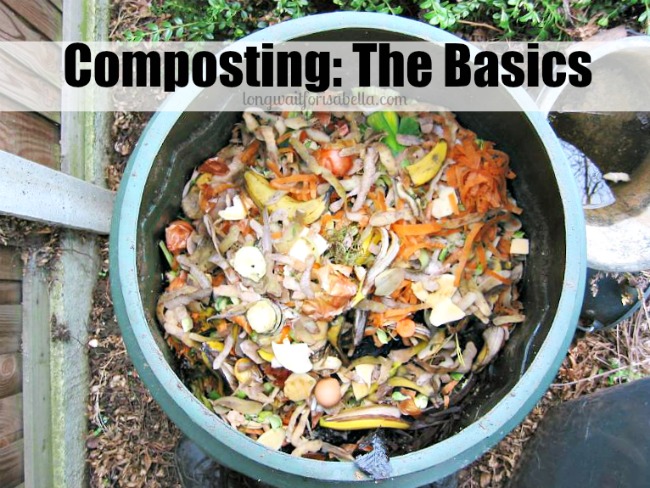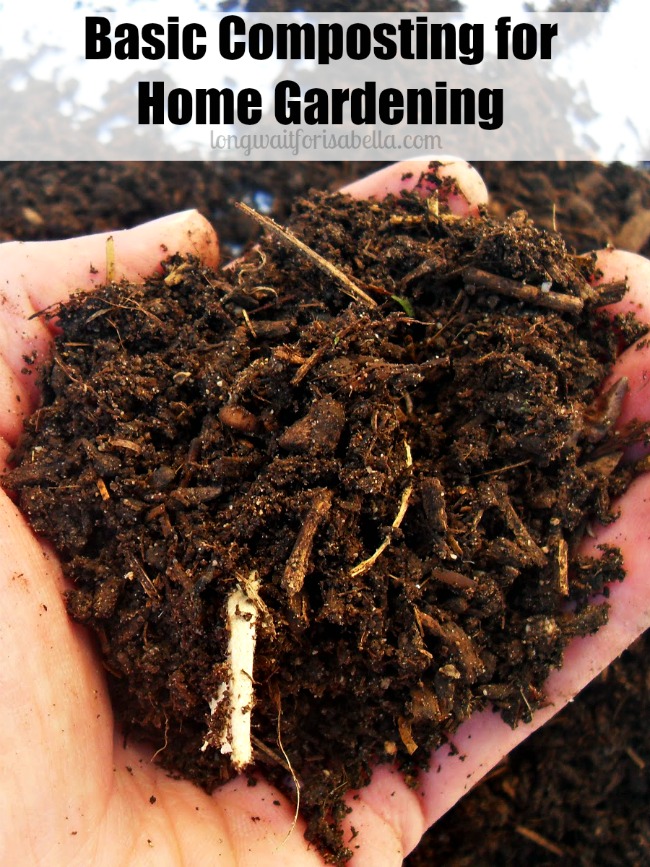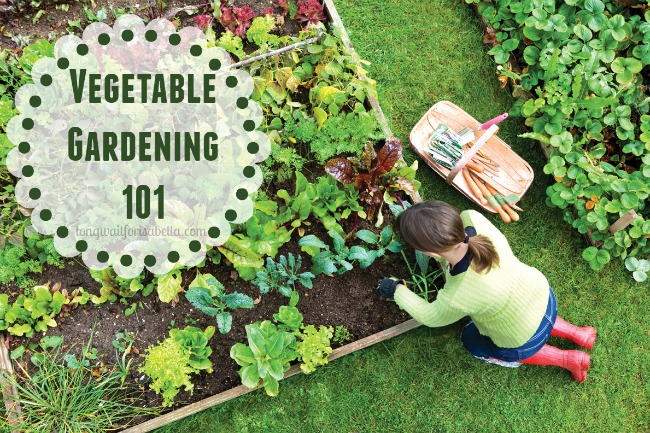Composting is all about taking what came from the Earth and putting it right back into the Earth, hopefully in a way that will benefit other plants. Gardening is a great way to use up all the compost that you create, and it is the best way to feed the soil that you will be growing in. Whether you are vegetable or flower gardening, compost is always a great soil addition and the best thing you can do for your plants.
[Tweet “Composting 101: learn The Best Thing for Your Plants.”]
If you are new to composting, these are the basics to get you started composting today.
What Is Composting?
Composting requires you to takes all the organic waste that you have at home and put it into a decomposition system that will break it down into new soil matter. This new organic matter is rich with nutrients from the plants that new, growing plants can then use. It is meant to be mixed in with existing soil in a garden bed or used to create soil to fill a bed from scratch.
What You Need
Composting needs to be done in a contained space in order for the organic waste that you add to it to be able to break down and decompose. Composting bins for outside and a small one to collect waste in throughout the day to be kept in the kitchen are ideal.
What Is Compostable?
As soon as you have a bin to begin composting in, it is time to start tossing in items that are compostable. Organic matter such as fruit and vegetable leftovers, plant debris, coffee and tea grounds and grass clippings are all very common and some of the best composting material. Other items to consider are eggshells, leftover grains, newspaper and sawdust. You want to avoid adding any meat, eggs, dairy and fish to your compost bin.
Alternate Layers to Start
When you first begin composting layering is very important in order to get the system going and breaking down. Alternate layers of compostables such as dead leaves and grass clippings with vegetable and fruit leftovers. This allows the materials to break down faster and more completely.
Tending to Your Bin
Once you get everything in there and started there is very little you need to do besides give it time. Once a week, rotate the compost bin, add a little water and make sure it is getting good airflow. As soon as all the compostable material has broken down into loamy soil you can begin adding it to your garden.
You might also enjoy reading:
Getting Started Vegetable Gardening




